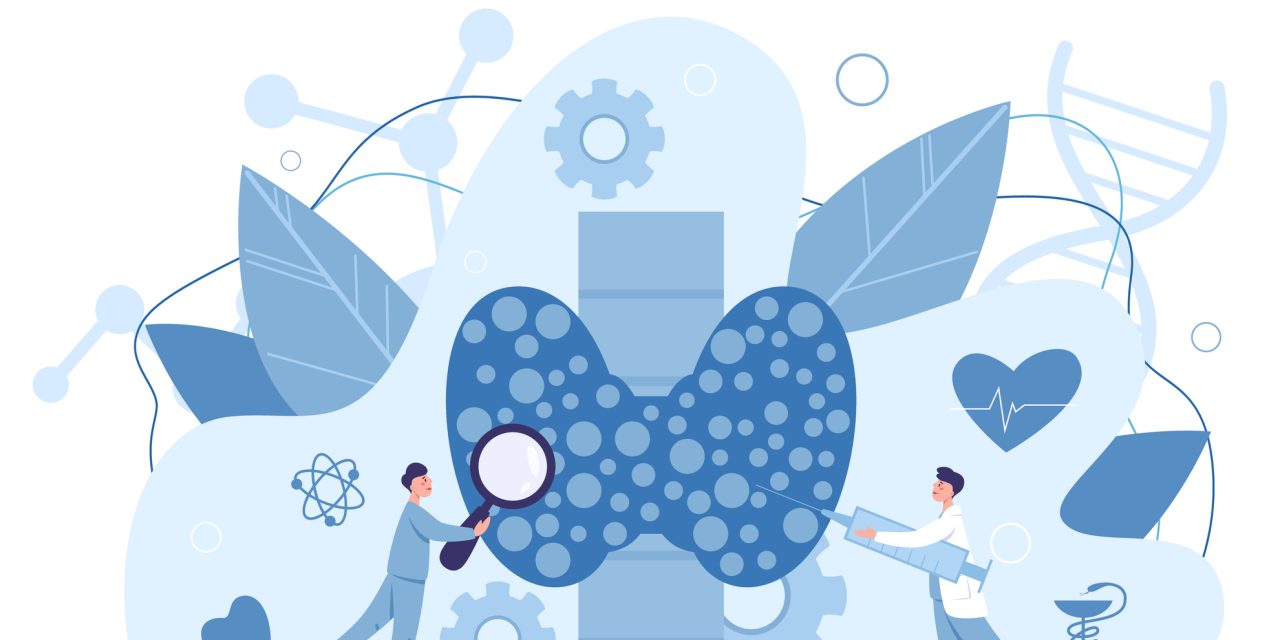The estrogen-inducible protein Heat Shock Protein 27 (HSP27) as well as anti-HSP27 antibodies are elevated in healthy subjects compared to cardiovascular disease patients. Vaccination of ApoE mice with recombinant HSP25 (rHSP25, the murine ortholog), boosts anti-HSP25 levels and attenuates atherogenesis. As estrogens promote HSP27 synthesis, cellular release and blood levels, we hypothesize that menopause will result in loss of HSP27 atheroprotection. Hence, the rationale for this study is to compare the efficacy of rHSP25 vaccination vs. estradiol (E2) therapy for the prevention of post-menopausal atherogenesis.
ApoE mice subjected to ovariectomy (OVX) showed a 65 % increase atherosclerotic burden compared to sham mice after 5 weeks of a high fat diet. Relative to vaccination with rC1, a truncated HSP27 control peptide, atherogenesis was reduced by 5-weekly rHSP25 vaccinations (-43 %), a subcutaneous E2 slow release pellet (-52 %) or a combination thereof (-82 %). Plasma cholesterol levels declined in parallel with the reductions in atherogenesis, but relative to rC1/OVX mice plasma PCSK9 levels were 52 % higher in E2/OVX and 41 % lower in rHSP25/OVX mice (p < 0.0001 for both). Hepatic LDLR mRNA levels did not change with E2 treatment but increased markedly with rHSP25 vaccination. Conversely, hepatic PCSK9 mRNA increased 148 % with E2 treatment vs. rC1/OVX but did not change with rHSP25 vaccination. In human HepG2 hepatocytes E2 increased PCSK9 promoter activity 303 %, while the combination of [rHSP27 + PAb] decreased PCSK9 promoter activity by 64 %.
The reduction in post-OVX atherogenesis and cholesterol levels with rHSP25 vaccination is associated with increased LDLR but not PCSK9 expression. Surprisingly, E2 therapy attenuates atherogenesis and cholesterol levels post-OVX without altering LDLR but increases PCSK9 expression and promoter activity. This is the first documentation of increased PCSK9 expression with E2 therapy and raises questions about balancing physiological estrogenic / PCSK9 homeostasis and targeting PCSK9 in women – are there effects beyond cholesterol?
Copyright © 2020. Published by Elsevier Ltd.
Unlike estrogens that increase PCSK9 levels post-menopause HSP27 vaccination lowers cholesterol levels and atherogenesis due to divergent effects on PCSK9 and LDLR.


